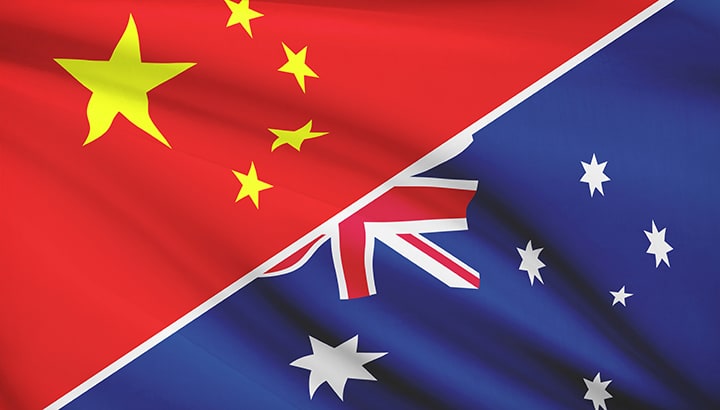
Interdependence sealed
Relations between the two countries have developed in recent years, thanks to China’s reliance on Australian agricultural produce and Australia’s dependence on China as its principal import and export partner. The reinforcement of this interdependence by ChAFTA should boost both countries’ hospitality industries. Australian trade minister Andrew Robb called it a “golden opportunity” for tourism, already worth $30bn and employing 1 million people, as investment in hotels and integrated resorts is stimulated.
Similarly, Clara Pi FCSI anticipates that partnership with Australia will create “a food manufacturing process which is compliant to international food safety standards” in China, and enhance “critical success factors and quality standard in foodservice”.
Investing in foodservice
ChAFTA’s impact on the food industries of both countries will be one of its most significant consequences. Pi notes Chinese enthusiasm about investment prospects in undeveloped areas of Northern Australia, which will unearth new opportunities for Australia’s food industry.
Although approval for big programmes will require government permission, the China Shanghai Zhongfu Kimberley Agricultural Investment Group has already announced it will invest AUD 210m into the Ord River Irrigation Scheme, transforming the region into fertile agricultural land. According to Pi, investor Yin Jianzhong has expressed his desire to “grow chia and sorghum in the vicinity of Kununurra”, Western Australia, culminating in the establishment of a new “large-scale sugar company in the local region”.
ChAFTA’s economic benefits should also sidestep problems arising from inequalities between commercialised urban centres and rural peripheries in both countries. The abolition of tariffs on goods like milk and meat will be as welcome to Chinese and Australian farmers as the abolition of wine duties will be to city-dwelling restaurateurs and hoteliers.
Looking ahead
ChAFTA has the potential to revolutionise Chinese eating patterns. Pi identifies three stages of food consumption – eating to survive at stage one, eating well at stage two (for example increased meat, dairy and wine consumption), and healthy eating at stage three. China is a developing country; thirty years ago starvation was commonplace, and even now most are still pursuing the second stage. However, Pi also suggests that the “evolution process” is continuing, and hopes the “awakening” will “come sooner for the sake of the health of our people and planet”. With the importation of Australian food standards likely to follow the importation of Australian food, this awakening will only speed up.
Tom Lawrence
